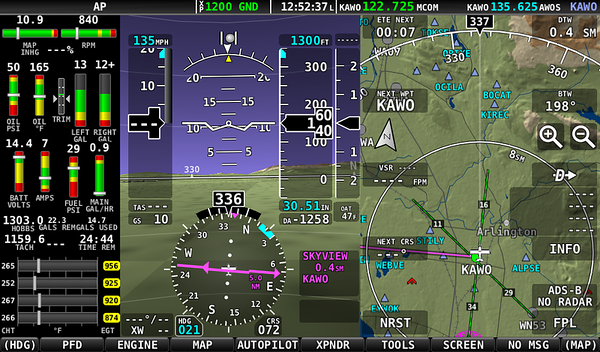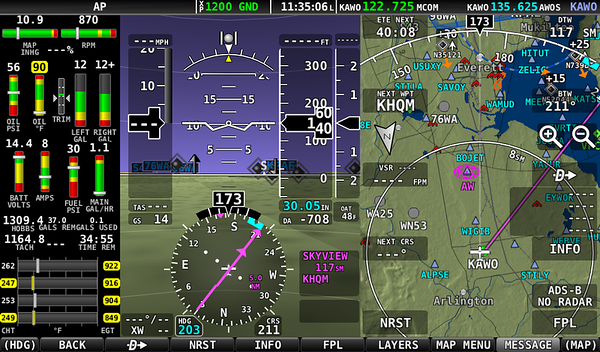So, I wanted to get an idea of what some of you do most of the time to steer during taxi. My other airplane is a Hawk XP, and because it has the nosewheel steering, I rarely use differential braking during taxi. If the crosswind is not too stiff, I can usually steer my 9A during taxi with just the rudders and stick all the way back. However, I sometimes find my taxi speed is quite high to maintain some level of rudder authority. I have already had the experience of overheating the brake system and losing the brake fluid during a long taxi (back when I was still only using differential braking to steer). I have since gone the Viton "o" ring and the high temp brake fluid route. I don't quite know what my taxi speed is because my Skyview does not display slower speeds. However, I do know that it is much faster than what my CFI back in the day told me to never exceed. I'm afraid, one day, a ground Controller is going to call me out and radio me that he has not cleared me to take off in the wrong direction on that taxiway...
Any feedback out there to keep brakes from overheating during taxi, particularly at those long C and D taxiways?
Any feedback out there to keep brakes from overheating during taxi, particularly at those long C and D taxiways?






